A year has passed since one of my abstract photographic artworks adorned the walls of Arles. The city, which becomes the epicenter of photography every year — Les Rencontres d’Arles — has a special place in my heart, and not just because of my international debut there. For me, this festival is much more than a collection of exhibitions: it is a visual playground and a constant source of inspiration that sharpens my eye for abstraction in the world.
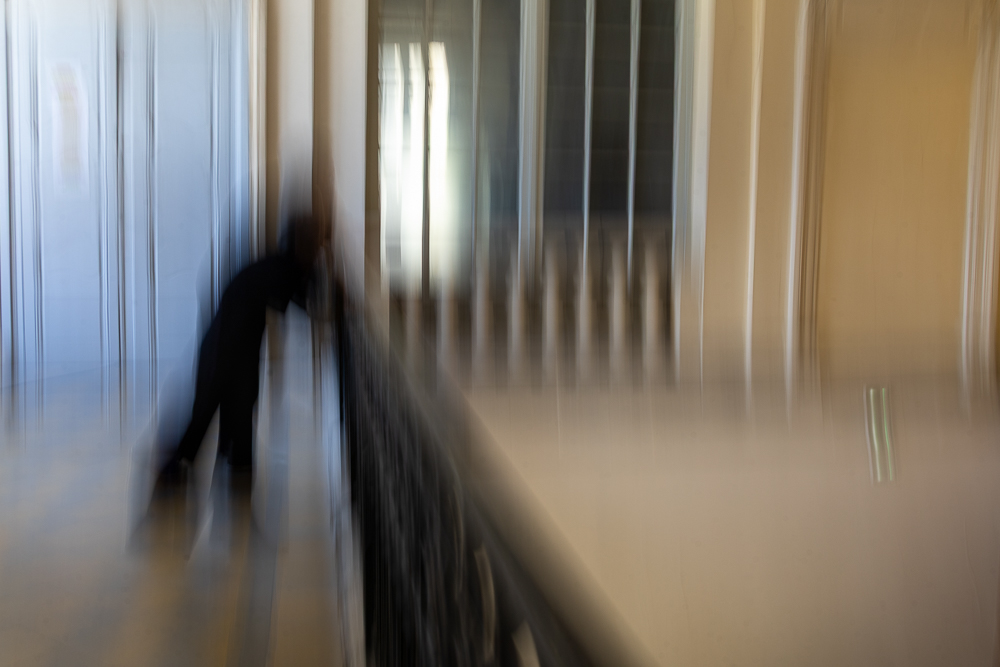
A journey through the diversity of photography: exhibition highlights
Man taucht ein in ein Kaleidoskop von Bildern, eine schier endlose Reise durch insgesamt über 170 Ausstellungen, die sowohl im offiziellen Programm als auch im begleitenden OFF-Programm präsentiert werden. Jede Ecke der Stadt verwandelt sich in eine Galerie und bietet eine unglaubliche Bandbreite fotografischer Ausdrucksformen. Es ist diese unglaubliche Dichte an kreativer Energie, die mich auch dieses Mal wieder aufs Neue packte.

Some exhibitions particularly impressed me, and I would like to tell you more about them:
The exhibition of Nan Goldin, „Stendhal Syndrome (2024)“, I found it extremely interesting. The juxtaposition of her intimate portraits of friends and lovers with classical masterpieces was an impressive staging. It was not just about the images themselves, but about their recontextualization, which created expanded narratives. This ability to see the familiar in a new light and find new meanings is an essence that also drives me in my abstract photography.

The exhibition of David Armstrong was also something special. His portraits and snapshots of a New York counterculture generation allowed me to immerse myself in that era. The rawness and directness of his gaze, often paired with the traces of time on his contact sheets, testify to a deep humanity. He conveys a unique "sense of time" that goes beyond the purely representational. It shows how photography can be more than just an image—it captures feelings and entire eras.
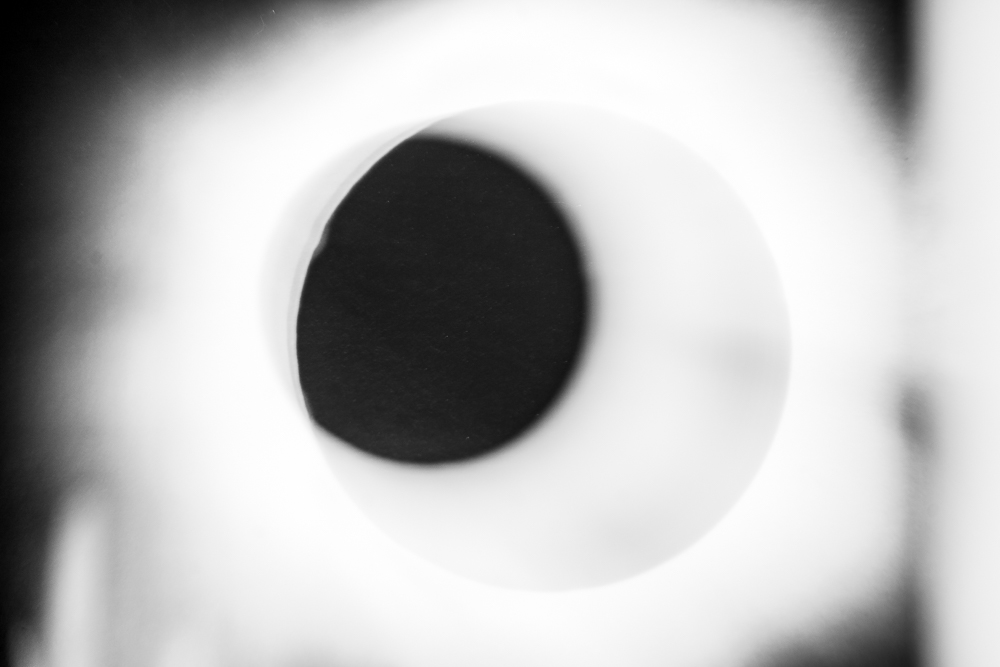
Brazilian modernism, presented in „CONSTRUCTION – DECONSTRUCTION – RECONSTRUCTION“particularly appealed to me visually. The photographs showed wonderfully clear, often geometric and architecturally inspired lines – a real feast for the eyes, which love shapes and structures. The exhibition highlighted the work of the Foto Cine Clube Bandeirante (FCCB) and showed how a group of amateurs revolutionized Brazilian photography. They experimented with everything from conventional approaches to photograms and photomontages. It was fascinating to see how photography served as a tool here to question the changing city and society of Brazil in the 1940s – a time of great transformation and the emergence of artistic avant-gardes, similar to the modern architecture of Oscar Niemeyer.

The archival work in „IN PRAISE OF ANONYMOUS PHOTOGRAPHY“ was also extraordinary. Curating and staging this collection of nearly 10,000 anonymous silver prints from over a century was incredibly exciting. One could glimpse into countless strangers' lives, captured in private snapshots, scientific photographs, or even bizarre series such as that of the pharmacist who secretly photographed his customers, or of Lucette, who blurrily captured herself in her travel photos over a period of 25 years. This type of photography, which originally often had only a practical or functional background, reveals the genius and boundlessness of the “amateur” gaze—a beautiful contrast to highly polished art photography and a reminder that every image reflects a story and a unique perspective.

The staging and photographs by Letizia Battaglia were deeply impressive — a relentless documentation of life in the eye of the mafia. Her 160 images, displayed in the Chapelle Saint-Martin du Méjan, bear witness to her tireless social commitment. They demonstrate her unique ability to capture the brutality of Mafia violence, but also the dignity of the most vulnerable, the social complexity of Palermo, and the rugged beauty of Sicily. This photography does not shy away from showing the truth, thereby developing an immense intensity.
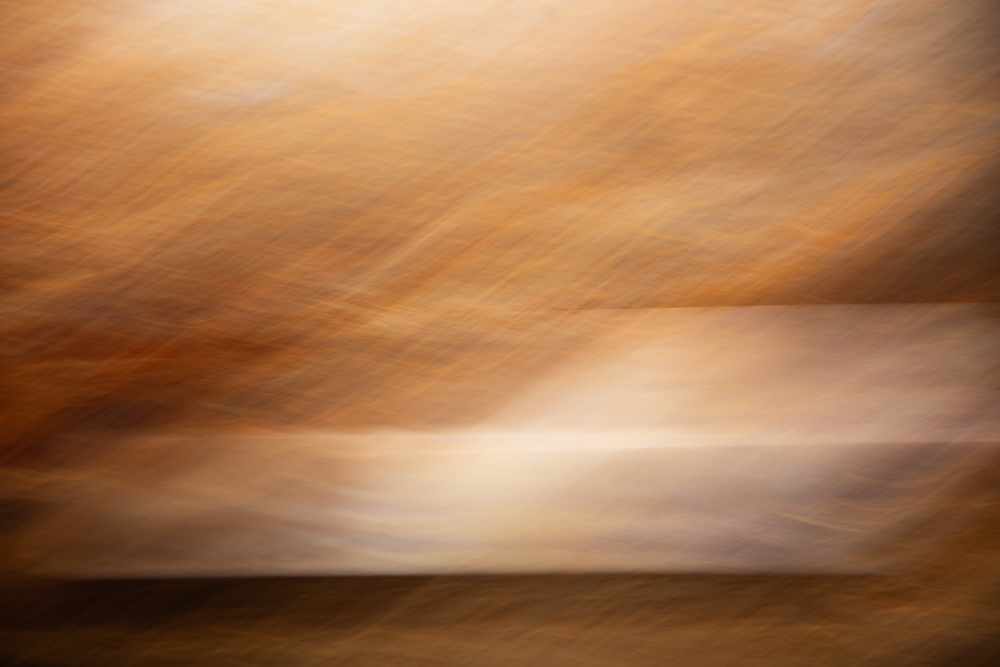
Another remarkable experience was the outstanding exhibition by Beatrice Helg, whose clear forms deeply impressed me. Her works demonstrated remarkable precision and aesthetics and were displayed in the lovingly curated surroundings of the Musée Réattu, which is itself a work of art.
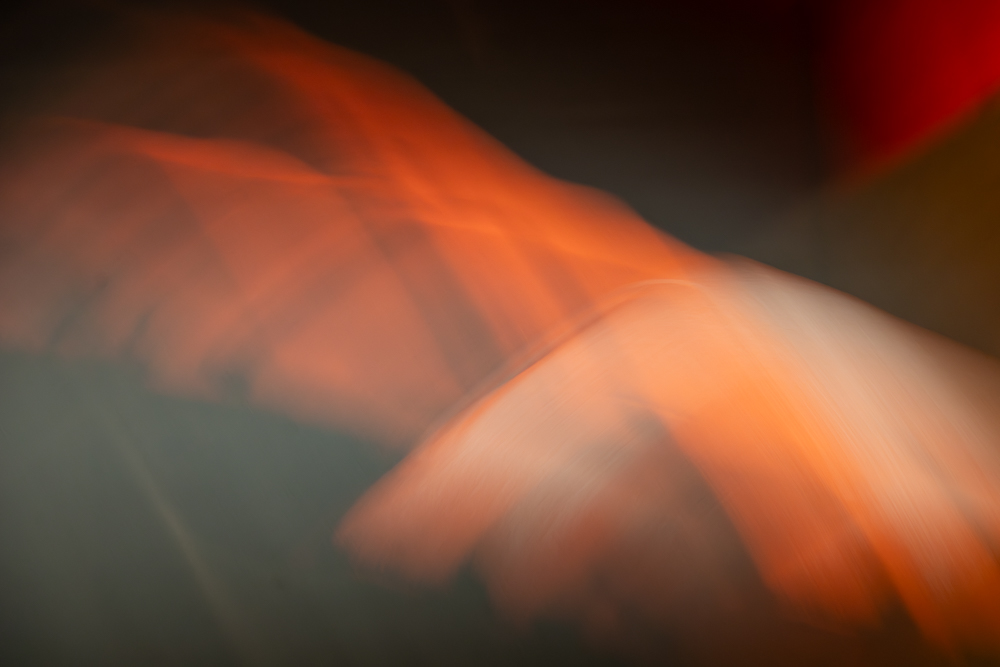
Jenseits des Offiziellen: Meine Entdeckungen im OFF-Programm & persönliche Impulse
Ein Highlight meiner Reise war definitiv das “Book Signing”, organisiert vom burn Magazin, einer bekannten Online-Plattform für zeitgenössische Fotografie. Das Magazin, gegründet vom renommierten Fotografen David Alan Harvey (Magnum Photos), versteht sich als digitale Bühne für dokumentarische, erzählerische und künstlerische Fotografie. Es war ein besonderes Erlebnis: Nicht nur meine Freunde Susanne Bartels (Buch: City Sufers) und Marc de Tollenaere stellten ihre neuesten Buchprojekte vor, sondern ich durfte auch viele beeindruckende Fotografinnen und Fotografen und ihre neuesten Bücher beziehungsweise erste “Dummies” kennenlernen, darunter:
- Mathieu Chaze: Rock, Paper, Scissors
- Lori Hawkins: Blessings in the Mane
- Alexander Bronfer: Under the Sodom Mountain
- Manseok Ha: Hanbok
- Andrew Sullivan: Into Dust
- Brandise Danesewich: MEX
- Michael Naify & Simone Cosac Naifye: Room 32
Alejandra Martínez Moreno und David Alan Harvey gestalteten das Event zu einem unvergesslichen Erlebnis, das sich in seiner Atmosphäre und seinem Netzwerk sicher nur schwer wiederholen lässt.
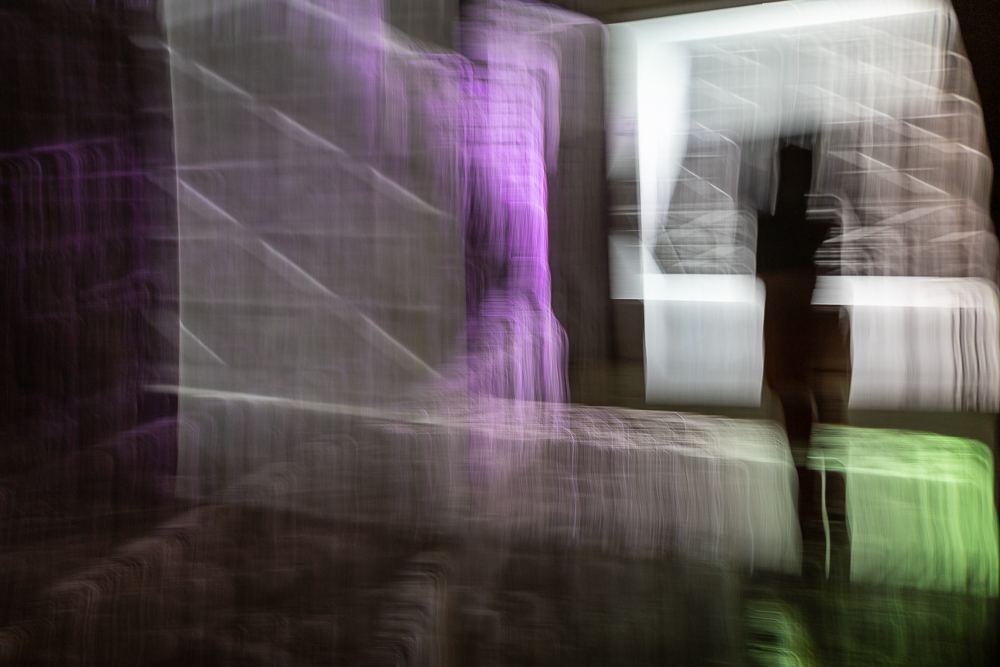
In addition to the official program, I also lost myself in the huge OFF-Programm and visited over 60 exhibitions. Here, I repeatedly made unexpected discoveries. Sometimes it wasn't the big names or the most comprehensive concepts that spoke to me deeply, but individual, often inconspicuous images, a certain lighting mood, or the exhibition spaces themselves that triggered an abstract resonance in me.
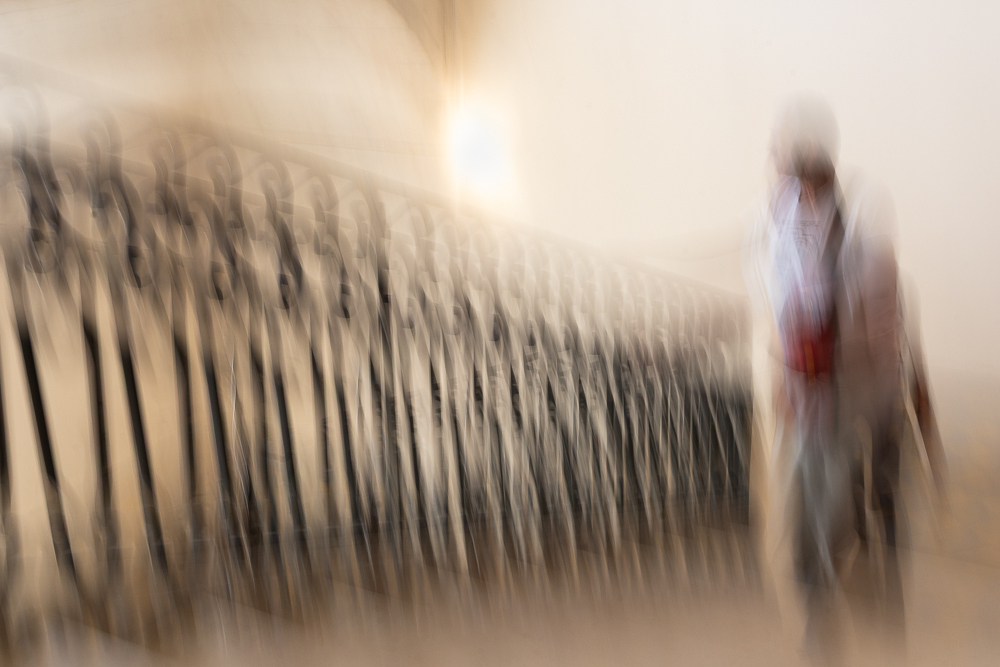
In this context, I would like to refer to the pianist and photographer Romain Thiery , whose series ‘Requiem for Pianos’ shows abandoned pianos in dilapidated houses. This work must have required an incredible amount of research! It is a fascinating series that captures the slow passage of time and the beauty of decay. Thiery shows how an object that was once lively becomes a melancholic focal point in a forgotten environment, developing its own unique melancholic aesthetic.
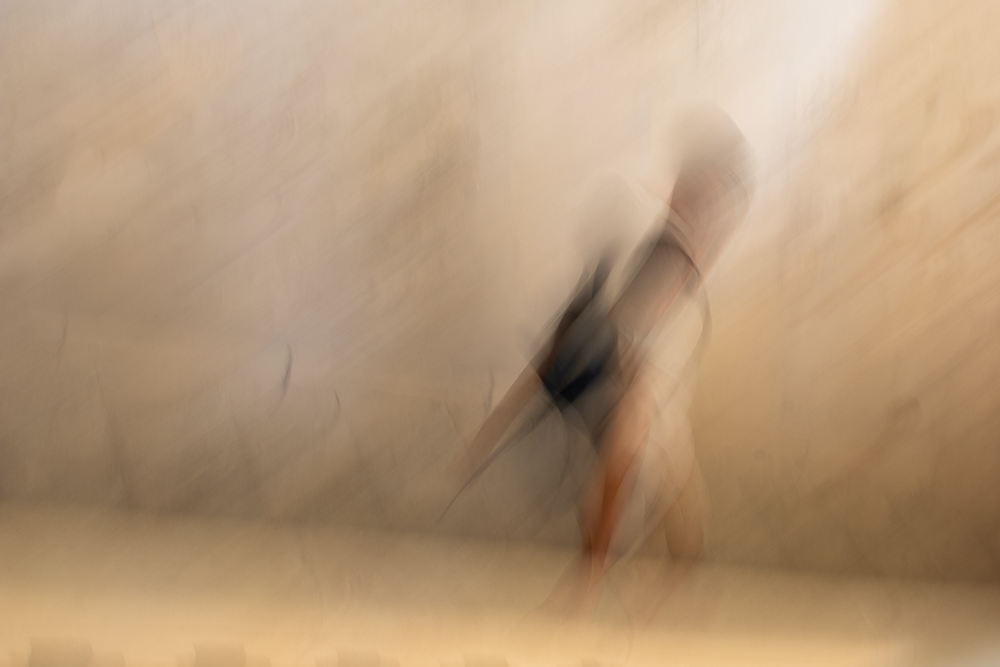
Outside of the official program, there were also many exciting discoveries, including the works of William RoppHis photography is characterized by a mysterious, dreamlike atmosphere. He often plays with light and shadow to create deeply emotional and almost surreal images. His portraits radiate an almost dark intensity that transports the viewer into another world.
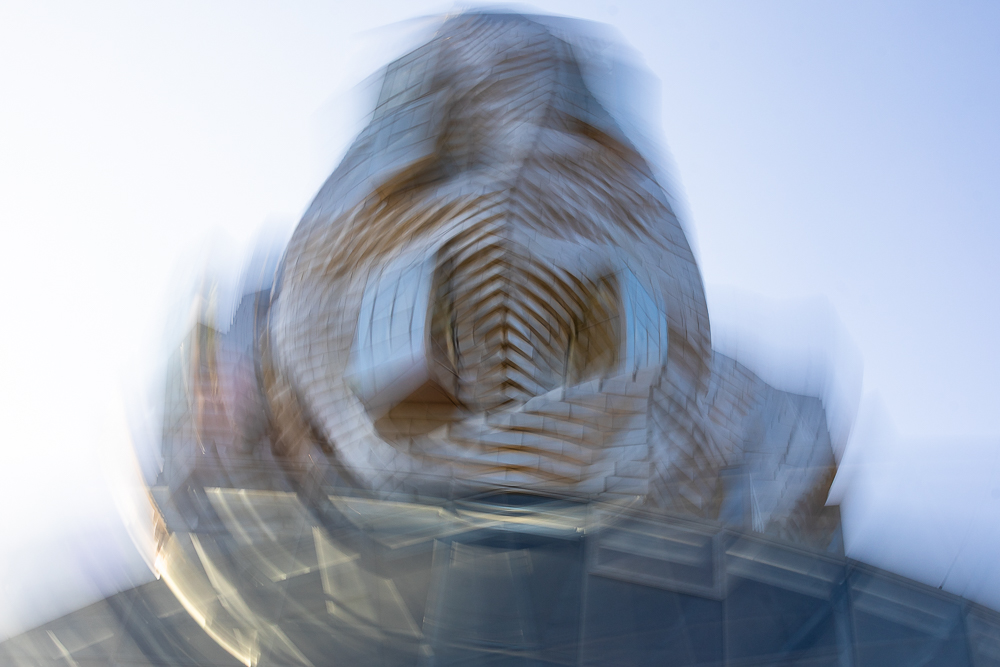
Arles as a creative catalyst: When the city becomes a canvas
It was precisely these impulses that led me to take my camera out and about in Arles myself—not to document the exhibitions, but to see the city and the festival through my abstract lens. It was often the nuances, the details, the artworks themselves that caught my attention. These moments, when reality dissolves and becomes pure form, color, and texture, fascinate me most as an artist. All the images in this article were created in this context, and I have named the respective artists or locations as sources of inspiration.

Arles remains an annual destination for me, a place that nourishes my creative soul and constantly recalibrates my view of the world — and thus also my abstract photography. Encountering so many different photographic visions is a catalyst for my own artistic development. I am excited to see what new abstractions I will develop from these impressions in the coming months.

